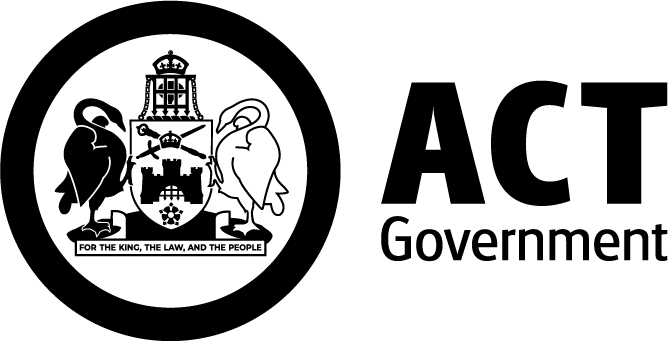Vertebrate pests
Vertebrate pest species harm the environment and farms. They can:
- destroy native plants and crops
- damage waterways
- compete with native animals and livestock
- carry and share diseases.
Vertebrate pest species
Deer
Feral deer are becoming a bigger problem in the ACT. There are growing populations of fallow, red and sambar deer across the ACT. Feral deer populations and the areas they live in have grown in recent years.
Feral deer can take over urban bushland reserves and can cause issues. They can:
- damage water areas
- eat endangered plants
- add grazing pressure
- affect water quality by wallowing
- damage young trees by rubbing them with their antlers
- be road hazards
- damage gardens.
Feral pigs
Feral pigs are widely distributed in low numbers. They can be found in non-urban parks and reserves, and across rural lands.
Their digging can:
- create bare patches of ground
- lead to erosion
- cause weed invasion
- tear up pastures
- damage fences
- spread livestock diseases.
Learn more about pigs.
Horses
Feral horses are a big threat to the natural environment in Namadgi National Park. They mainly affect the delicate sub-alpine wetlands of the Cotter River catchment near the ACT-NSW border.
Learn more about horse disease concerns and feral horse management.
Wild dogs
Wild dogs are controlled on lands next to farms because they can harm livestock and affect farmers' livelihoods. However, in areas of Namadgi National Park, wild dogs are protected and not controlled. They're allowed to maintain their role as top predators.
Rabbits
Controlling rabbits helps protect the environment, farms, and urban areas in the ACT.
Learn about rabbit control in the ACT.
Management policy and tools
Ensuring animal welfare is a top concern in managing pests. All control activities follow best practices for humane control, and aim to minimise their impact.
The ACT Parks and Conservation Service works with the NSW National Parks and Wildlife Service to manage issues in the Australian Alps National Parks.
The ACT Pest Animal Management Strategy [PDF 3.2 MB] guides how we handle pest animals to reduce their impact.
Feral horses are managed according to the Namadgi National Park Feral Horse Management Plan.
Thermal aerial control
Thermal aerial control uses heat detection to locate animals from helicopters. It's a cost effective and humane way to control invasive animals, especially large herbivores.
The ACT aerial control program helps prevent damage from feral deer, feral pigs, and feral horses. It helps in areas recovering from fires such as riparian vegetation and alpine bogs.
During operations, public areas are closed for safety. We take precautions like buffer zones, signs and sweeping areas before operations occur.
Ground shooting
Ground shooting is useful when combined as part of an integrated pest management program. It's not a good way to solely control pests.
Using thermal technology makes ground shooting more effective and efficient. It's been used successfully to manage rabbit and deer populations in the ACT.
Namadgi National Park feral pig control program
For over 30 years, the team at Namadgi National Park has used baiting and trapping to control feral pigs. When the program started, it led to a big drop in the pig population. Now, every year, they work hard to keep the number of pigs low in the park. This ground control program works alongside thermal aerial control as part of a combined management plan.
